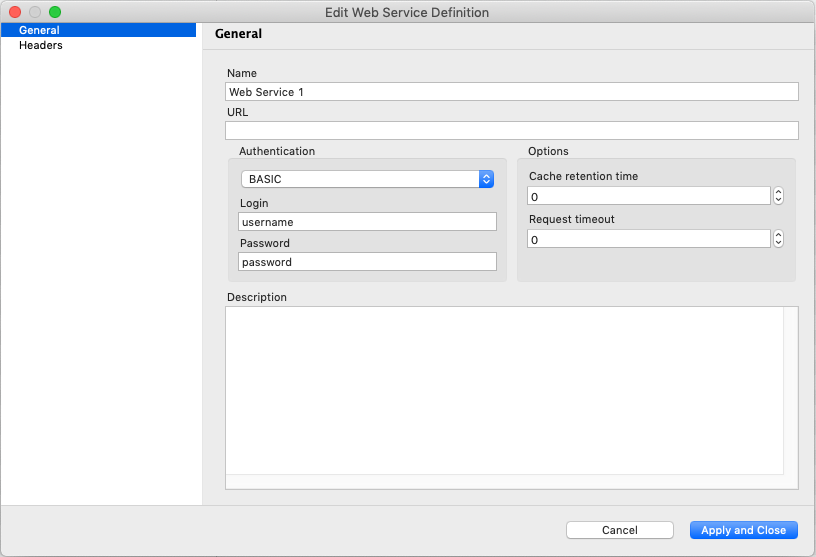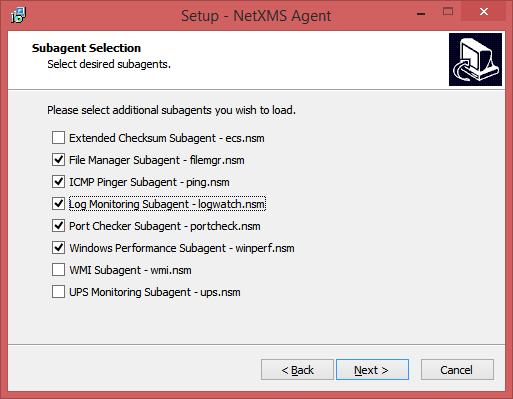
If not already running, you can start it by running the command systemctl start postgresql Create OpenNMS PostgreSQL Database and Database UserĪs a PostgreSQL user ( postgres), create OpenNMS database and database user su - postgres -c "createuser -P opennms" su - postgres -c "createdb -O opennms opennms" Reset PostgreSQL Admin Password Jan 20 19:12:22 systemd: Finished PostgreSQL RDBMS. Jan 20 19:12:22 systemd: Starting PostgreSQL RDBMS.

Main PID: 10299 (code=exited, status=0/SUCCESS) Loaded: loaded (/lib/systemd/system/rvice enabled vendor preset: enabled)Īctive: active (exited) since Wed 19:12:22 UTC 24min ago PostgreSQL database service is started and enabled to run on boot upon installation. System Initialize and Setup PostgreSQL Databaseīefore you can run the installer to complete OpenNMS setup, you need to start, create and setup PostgreSQL for OpenNMS. This means that you need to initialize the PostgreSQL database before you can proceed to complete OpenNMS setup.Īll the OpenNMS files are installed under, /usr/share/opennms/. It is because less /tmp/install_iplike.log psql: error: FATAL: database "opennms" does not exist
#Netxms console password install
To install iplike into your database, use the /usr/sbin/install_iplike.sh script. To skip this step and install manually, set theĮnvironment variable SKIP_IPLIKE_INSTALL before installing this package.

If you encounter such an error Failed to install iplike into the template1 or opennms databases.
#Netxms console password how to
You can see how to configure Postfix with Gmail relay on Ubuntu 20.04 by following the link below Ĭonfigure Postfix to Use Gmail SMTP on Ubuntu 20.04 Set system mail name to the system hostname (without the domain name part) as provided by the command hostname -s. When prompted to select the type of the Postfix mail server configuration, select Internet site and proceed. This step to finalize the OpenNMS setup will be executed later. Configuring OpenNMS dbĭuring the installation, you receive a notification that in order to complete the install and setup of OpenNMS, you need to run the installer manually. The command installs OpenNMS and all other require packages including jicmp6 and jicmp, opennms-core, opennms-webapp-jetty, postgresql, postgresql– libs.

Next, Install OpenNMS on Ubuntu and all other required packages by running the command below apt install opennms Install OpenNMS APT repo GPG signing key wget -O - | apt-key add.

You can get the latest version number from the latest release page. Once JDK 11 is installed, you can proceed to install OpenNMS on Ubuntu 20.04 Ĭreate APT repository for the latest OpenNMS stable release version Ubuntu 20.04. OpenJDK 64-Bit Server VM (build 11.0.9.1+1-Ubuntu-0ubuntu1.20.04, mixed mode, sharing) Install OpenNMS Network Monitoring tool on Ubuntu 20.04 You can confirm the version of installed Java on Ubuntu by running the command java -version openjdk version "11.0.9.1" The command above installs OpenJDK 11 by default on Ubuntu 20.04, as of this writing.
#Netxms console password update
Install Java 11 on Ubuntu 20.04 apt update apt install default-jdk Install OpenJDK 11 Development Kit on Ubuntu 20.04


 0 kommentar(er)
0 kommentar(er)
